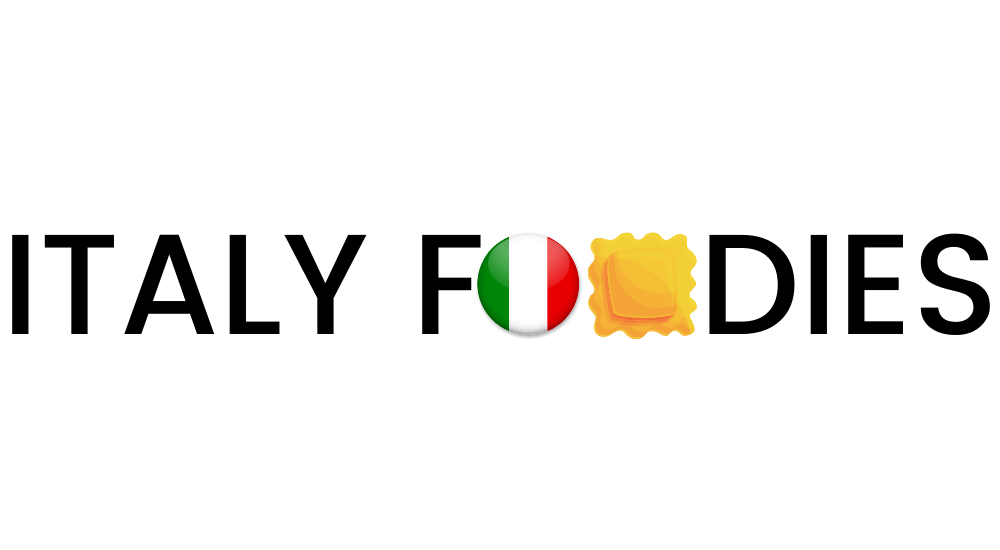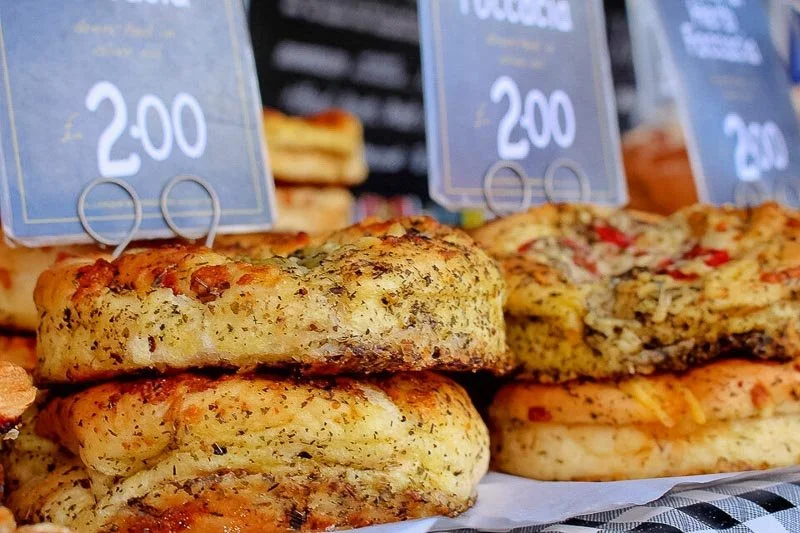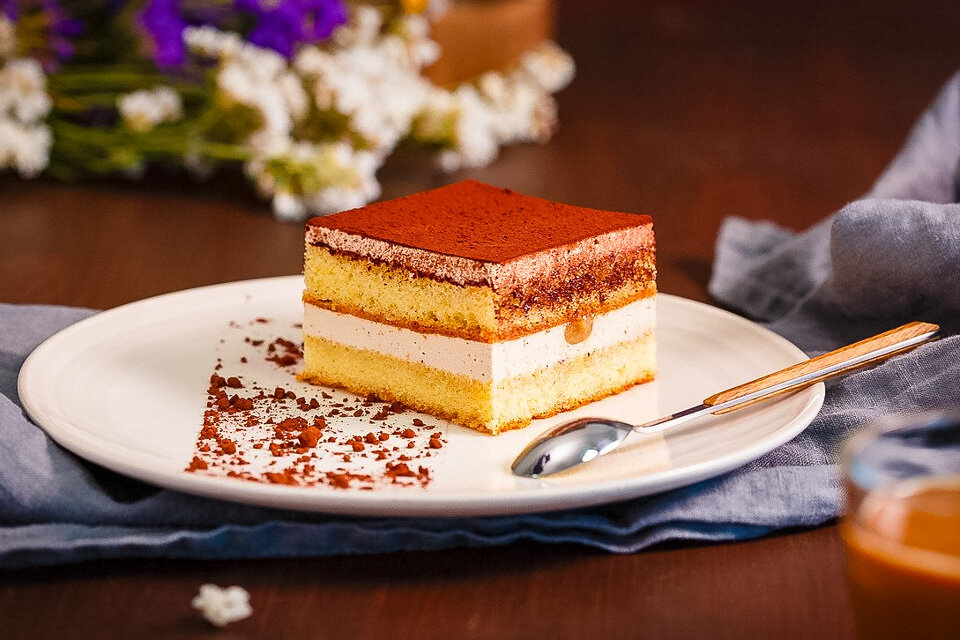Emilia Romagna Food Travel: Bologna, Modena, Parma
There’s so much history, beautiful architecture, and spectacular scenery in Italy, but most conversations about Italy quickly turn to food.
And it’s impossible to talk about great food without mentioning Emilia Romagna and the food in Bologna, arguably the Culinary Capital of Italy. When even Italians admit to this, you know it has to be true.
Most people visiting Emilia Romagna start out in Bologna, but there are regional specialties throughout the region.
The famous Holy Trinity of food — Prosciutto, Parmigiano Reggiano cheese, and traditional Balsamico di Modena — are produced here under the strict rules of DOP, Italy’s Protected Designation of Origin.
This certification ensures the rules of food production have been followed and that these products have been locally grown, produced, and packaged.
Food is a large part of life and defines the regional culture of Emilia Romagna, and locals are serious about their specialties. There’s something for everyone and it’s a carnivore’s paradise.
When it comes to food, what is Bologna Italy known for? Mortadella, prosciutto, salamis, pork, beef, and even horse meat are enjoyed.
The area claims tagliatelle and tortelloni of different sizes as its own. Tagliatelle alla Bolognese and Tortellini in brodo are two of the hallmark dishes in Bologna cuisine and throughout the region.
When it comes to wine, the unique terroir of the region makes for excellent wines like Lambrusco and Pignoletto, that are meant to drink young. They’re light and frizzante, and pair well with the area’s fattier foods.
So the first question you should ask yourself in Emilia Romagna isn’t what should you do, but rather what foods should you eat.
What is Bologna Italy Known For?
With the defining nickname of La Grassa, La Dotta, e La Rossa, this vibrant Italian city is the wonderful combination of all three.
La Grassa (the Fat), refers to the Bologna food (some of the best in Italy). La Dotta (the Learned, or Educated) because the University of Bologna is the oldest university in western Europe.
And La Rossa (the Red) after the red terre cotta rooftops throughout the city, though some might think it refers to the city’s historic left-leaning political philosophy.


















